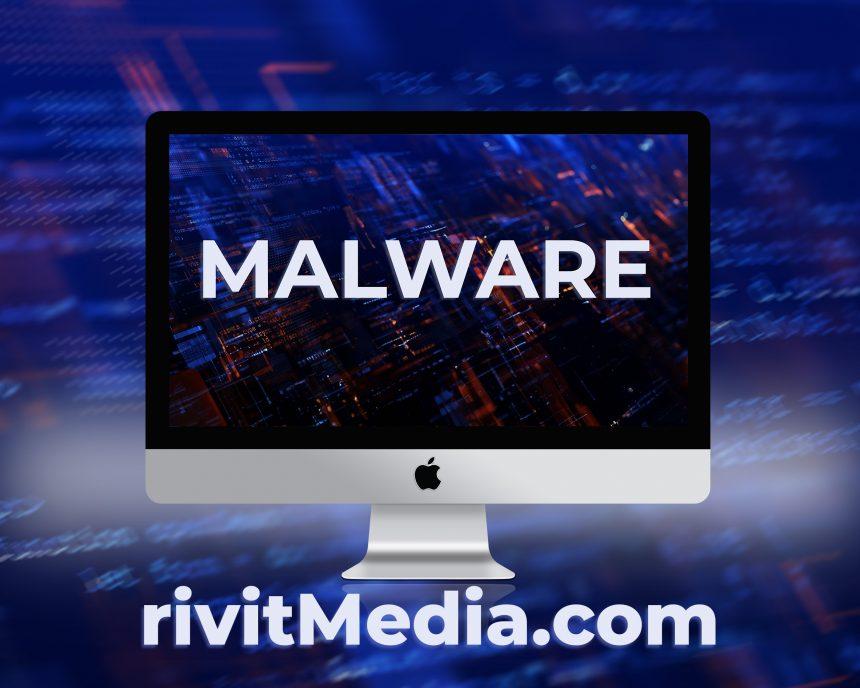Among the myriad of malicious software, BC20 Mac malware has emerged as a significant threat to macOS users. This article delves into the intricacies of BC20 Mac malware, detailing its actions, consequences, detection names, removal guide, and prevention strategies.
Understanding BC20 Mac Malware
BC20 Mac malware, also known as BC20 Malware or simply BC20, is a type of malicious software specifically designed to target macOS systems. It infiltrates Mac devices through various means, including deceptive downloads, malicious email attachments, or compromised websites. Once inside the system, BC20 executes its malicious activities stealthily, often without the user’s knowledge.
Actions and Consequences
BC20 Mac malware exhibits a range of harmful behaviors, including but not limited to:
- Data Theft: BC20 is notorious for stealing sensitive information such as login credentials, financial data, and personal documents from infected Mac devices.
- System Disruption: It can disrupt system operations, causing slowdowns, freezes, or crashes, severely impacting the user experience.
- Propagation: BC20 is capable of spreading to other devices within the same network, multiplying its impact and complicating its eradication.
- Payload Delivery: It may download additional malware or malicious payloads onto the infected system, exacerbating the security threat.
The consequences of BC20 infection can range from compromised privacy and financial loss to system instability and prolonged downtime.
Detection Names and Similar Threats
BC20 Mac malware may be detected by various security software under different names, including but not limited to:
- Trojan:MacOS/BC20
- OSX.BC20
- Mac.Trojan.BC20
Similar threats to BC20 include other macOS-targeting malware such as OSX.Proton, OSX.CrescentCore, and OSX.MaMi, each with its own set of malicious capabilities and characteristics.
Removal Guide
Removing BC20 Mac malware requires thorough steps to ensure complete eradication. Here’s a comprehensive removal guide:
- Disconnect from the Internet: Disable Wi-Fi or unplug the Ethernet cable to prevent further communication with remote servers controlled by the malware.
- Terminate Suspicious Processes: Open Activity Monitor (Applications > Utilities > Activity Monitor), identify any suspicious processes related to BC20, and terminate them.
- Delete Malicious Files: Navigate to the following directories and delete any files associated with BC20:
- /Library/LaunchAgents
- /Library/LaunchDaemons
- /Library/Application Support
- /Library/LaunchDaemons
- ~/Library/Application Support
- Remove Malicious Entries: Remove any suspicious entries from System Preferences > Users & Groups > Login Items.
- Reset Web Browsers: Reset web browsers such as Safari, Chrome, or Firefox to remove any malicious extensions or settings.
- Scan with Built-in Security: Run a thorough scan using built-in macOS security features like Malware Removal Tool or XProtect.
- Check for System Updates: Ensure that macOS and all installed software are up-to-date to patch any vulnerabilities exploited by BC20.
- Restart the System: Restart your Mac to complete the removal process and verify that BC20 has been eradicated.
Prevention Strategies
Preventing future infections of BC20 and similar malware involves adopting proactive cybersecurity measures, including:
- Regular Software Updates: Keep macOS and all installed software updated to patch security vulnerabilities.
- Exercise Caution Online: Avoid downloading software from untrusted sources and clicking on suspicious links or email attachments.
- Enable Security Features: Utilize built-in security features like Gatekeeper and FileVault to enhance protection against malware.
- Install Security Software: Consider installing reputable antivirus or antimalware software from trusted sources to provide an additional layer of defense.
By following these best practices, users can significantly reduce the risk of falling victim to BC20 Mac malware and other malicious threats.





